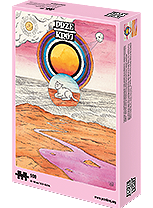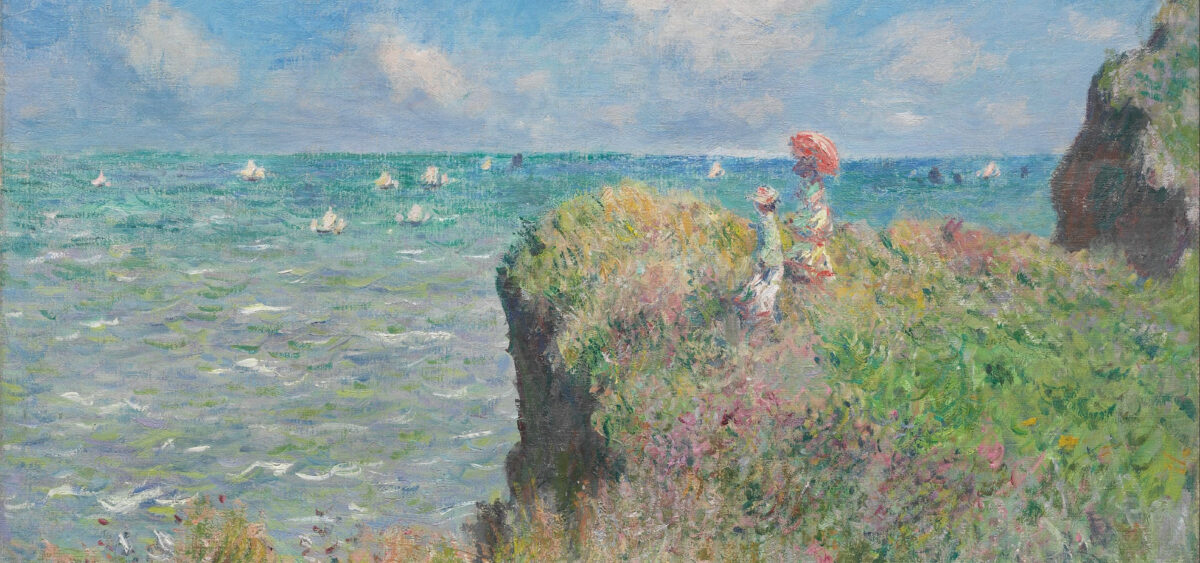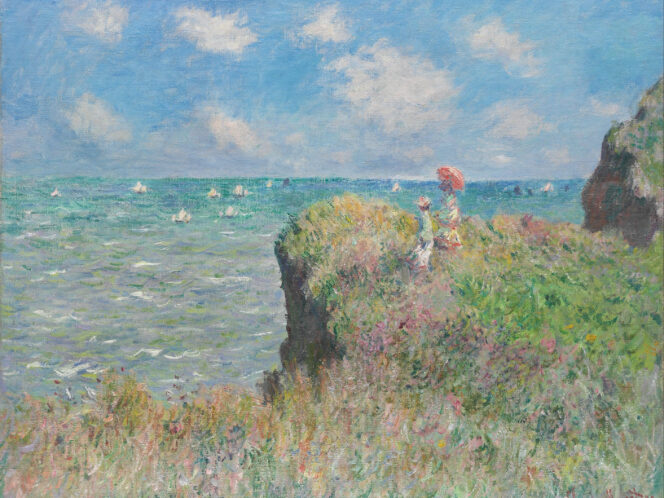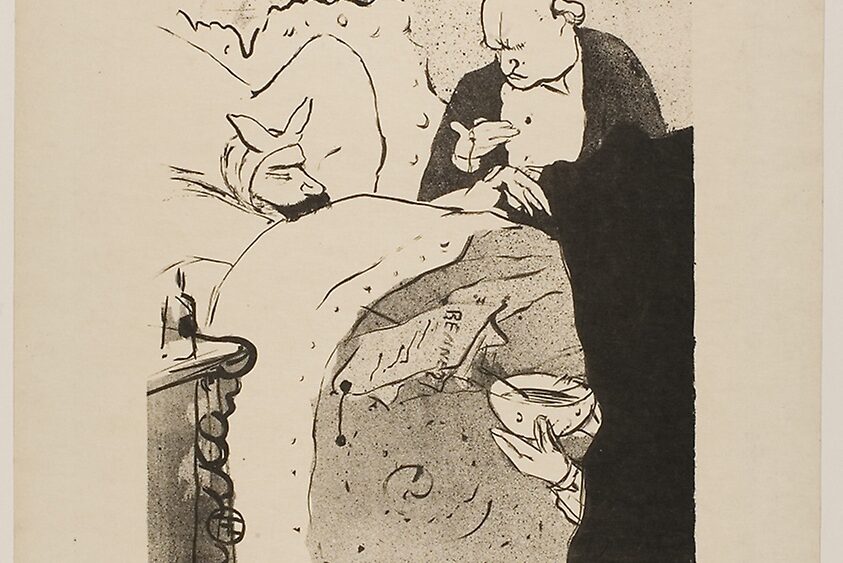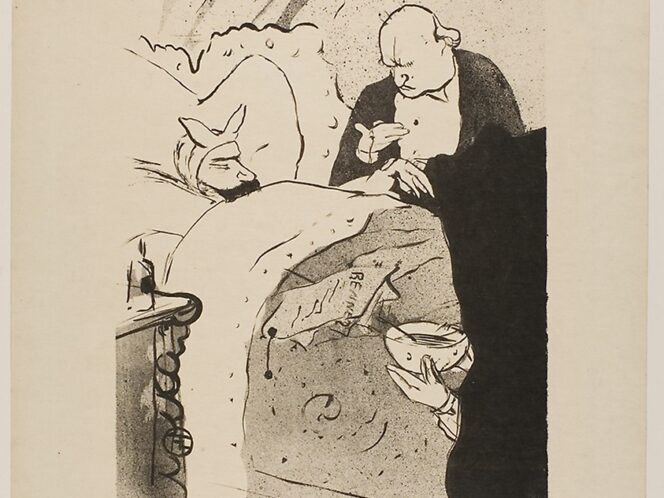
The author’s position on how it’s better to walk than to sit, which is, at the least, uncomfortable. And not only because she’s stuck at a desk on a hard chair.
Her feet sink into the sand. Sylwia Nikko Biernacka, with a 22-kilo backpack (inside is the cheapest – but also the heaviest – tent that was in the shop) has set out on the road. She has 440 kilometres to cover along the coast of the Baltic, from Świnoujście to Piaski. She walks tens of kilometres a day. Alone. Sometimes barefoot, sometimes in shoes.
She walks to figure out what she’s about. “I had the feeling that I was longing for something, but I wasn’t quite sure what it was, and I didn’t have time to think about it,” Biernacka recalls. Friedrich Nietzsche, a fan of walks in the mountains of the Black Forest, would certainly approve. “Remain seated as little as possible, put no trust in any thought that is not born in the open, to the accompaniment of free bodily motion—nor in one in which even the muscles do not celebrate a feast,” he wrote in Ecce Homo. “All prejudices take their origin in the intestines. A sedentary life, as I have already said elsewhere, is the real sin against the Holy Spirit.”
Walking


